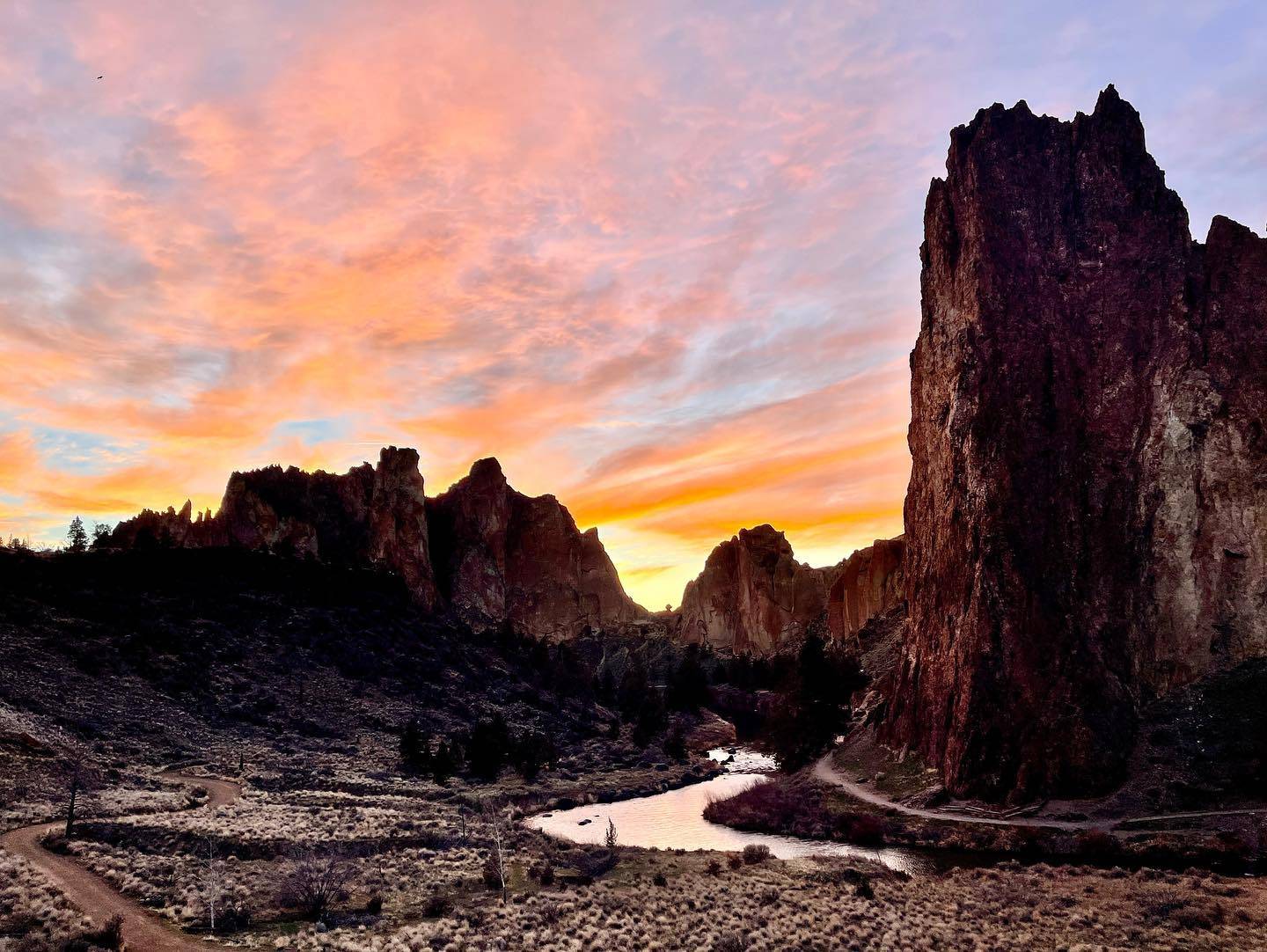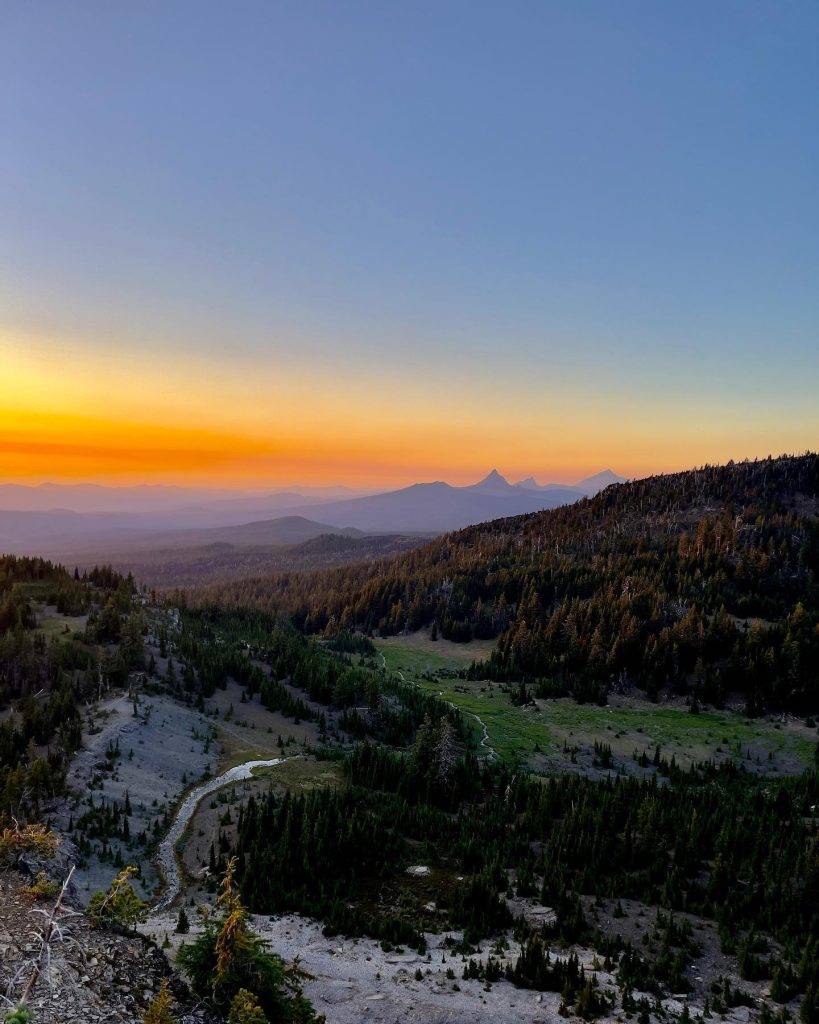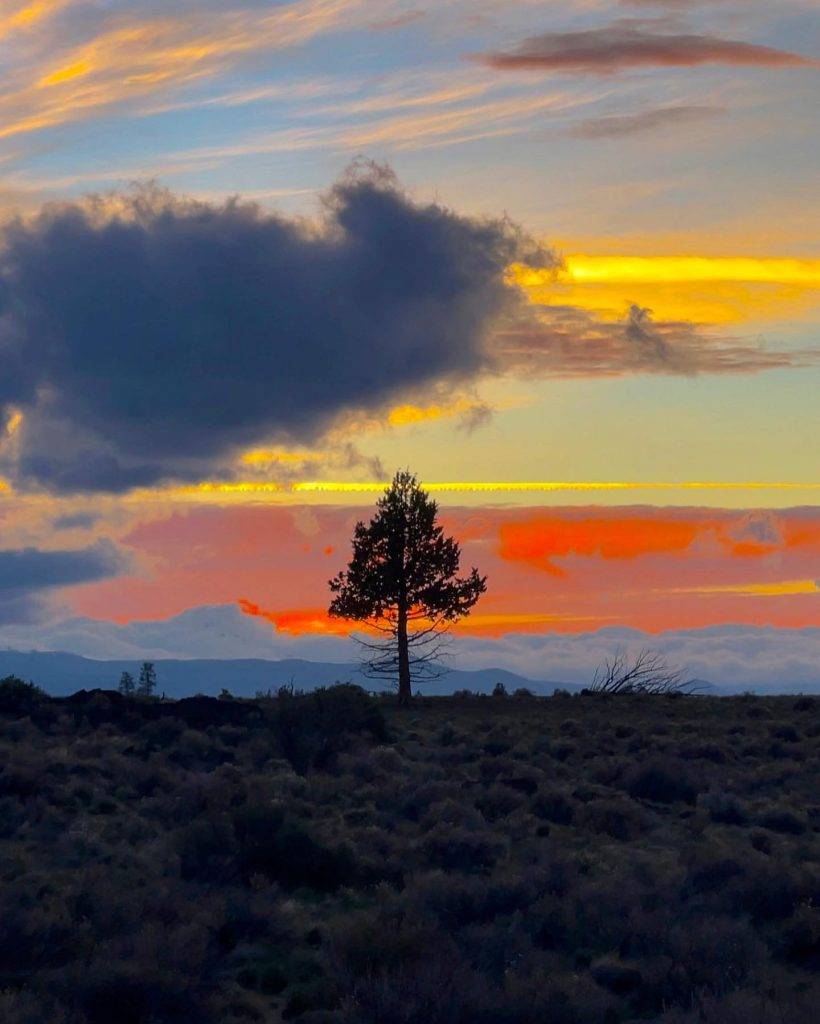
There’s something undeniably magical about a sunset. As the sun dips below the horizon, the sky bursts into fiery hues of red, orange, and pink, creating a moment of awe that inspires gratitude and reflection. Beyond its beauty, sunsets are a perfect reminder of life’s journeys—each day’s end is a chance to embrace the present, cherish the past, and look forward to tomorrow.
But what’s behind this stunning display? Let’s dive into the fascinating science that makes sunsets so extraordinary.
Why Do Sunsets Look So Beautiful?

Sunsets are not just a feast for the eyes; they are also a showcase of atmospheric physics. Here’s how it works:
1. The Role of Light Scattering
Sunlight appears white, but it’s actually a mix of all the colors of the rainbow. These colors travel in waves, and each color has a different wavelength:
- Blue and green light have shorter wavelengths.
- Red and orange light have longer wavelengths.
As the sun sets, its light has to travel through more of the Earth’s atmosphere to reach your eyes. Along the way, shorter wavelengths (blue and green) are scattered in all directions by particles in the atmosphere. This is why the sky looks blue during the day.
At sunset, the remaining sunlight is mostly made up of longer wavelengths (red and orange), which pass through more easily and create the vibrant colors we see.
2. The Role of Atmospheric Particles

The atmosphere doesn’t just scatter light; it also interacts with it in other ways:
- Dust and Pollution: Tiny particles in the air can scatter and filter sunlight, amplifying the reds and oranges.
- Clouds: Clouds reflect and refract sunlight, creating streaks of pink, purple, and gold across the sky.
- Humidity: Moist air can soften the colors, adding subtle pastels to the sunset palette.
Each sunset is unique because the colors depend on the specific conditions in the atmosphere at that moment.
A Reflection on Life’s Journey

Every sunset is a reminder of life’s cycles—an ending that sets the stage for new beginnings. It’s a moment to pause and reflect on:
- The Present: Appreciate the beauty of the moment and the experiences of the day.
- The Past: Be grateful for the lessons learned and the growth achieved.
- The Future: Look forward with hope and faith in brighter tomorrows.
Just as the sun consistently rises and sets, we too can find balance and resilience through life’s ups and downs.
How to Fully Enjoy a Sunset

To make the most of nature’s daily masterpiece:
- Find the Perfect Spot: Whether it’s a mountaintop, a beach, or your backyard, choose a place with an unobstructed view of the horizon.
- Be Present: Put away distractions, breathe deeply, and immerse yourself in the moment.
- Reflect and Recharge: Let the colors inspire gratitude and hope, grounding you in the beauty of life.
- Learn the Science: Understanding the physics behind sunsets can deepen your appreciation of this awe-inspiring phenomenon.
Have You Seen an Amazing Sunset Lately?
Every sunset has a story to tell. Have you witnessed a particularly stunning one recently? Where were you? How did it make you feel? Share your experience in the comments below—we’d love to hear your sunset stories.
Final Thoughts
Sunsets are more than just a natural phenomenon; they are a daily reminder of life’s beauty, resilience, and endless potential. The science of light scattering and atmospheric interactions creates these incredible displays, but the emotions they inspire make them truly unforgettable.
Next time you watch the sun dip below the horizon, take a moment to soak in its beauty, marvel at its science, and reflect on the journey of your own day. 🌅






Tags
Sunsets, natural beauty, light scattering, atmospheric science, gratitude, inspiration, resilience, Earth’s wonders, Smith Rock, reflection.








